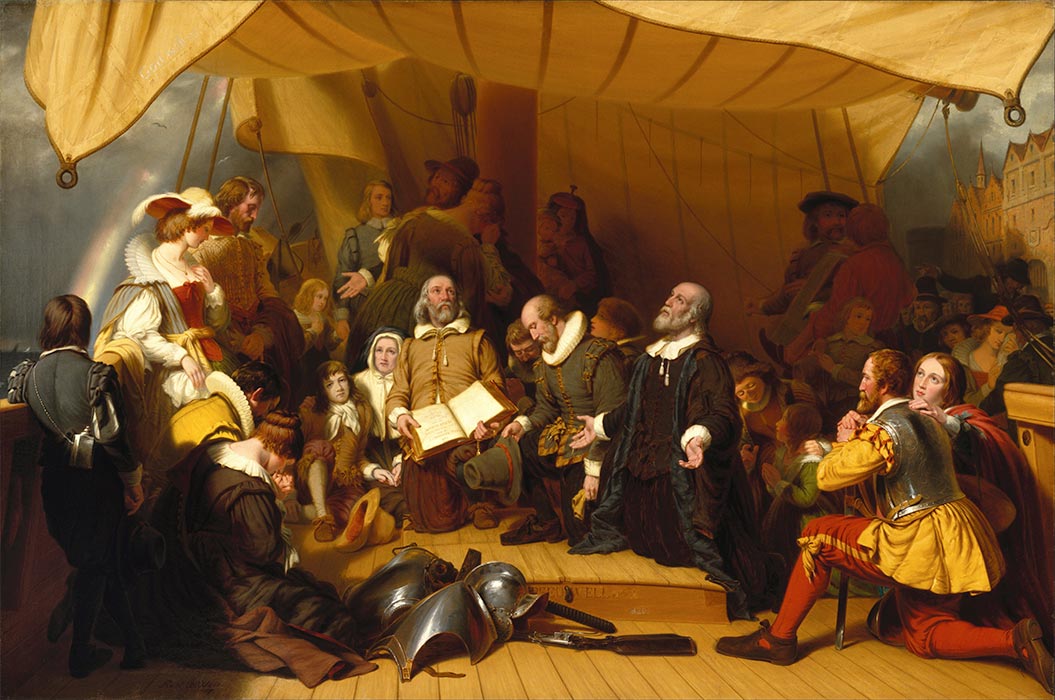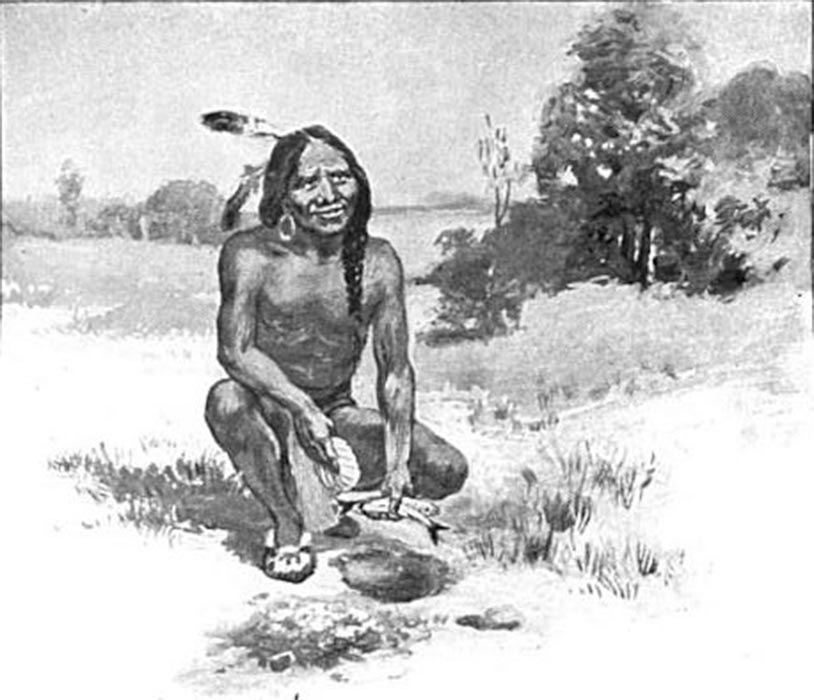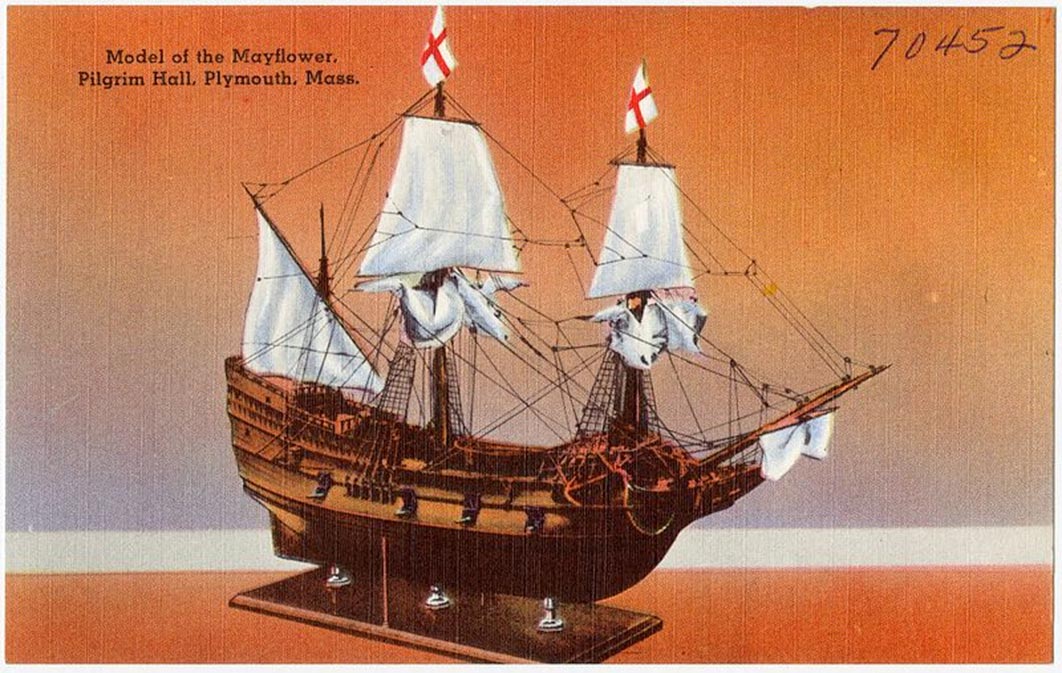
The Mayflower: England’s Doomsday Ship
Historically, before trains, planes or automobiles, sailing was the choice way to travel far distances and it was the sole method for transporting goods and supplies around the ancient world. At times of war sea borne ships were the most strategic weapon in all military strategies. Among the millions of boats that were built, maritime history identifies one single English ship that instigated a war resulting in the deaths of 50 to 100 million people. This was not a war ship transporting soldiers, torpedo’s or depth charges, but Christian pilgrims. This is the story of the Mayflower, and the voyage that would change the shape of North America.
Model of the Mayflower, Pilgrim Hall, Plymouth. (Public Domain)
Acquisition of the Mayflower
In 1620 AD the Mayflower transported English Separatists and Puritans (pilgrims) to the New World, who went on to establish the first British colonies in America. According to Nathaniel Philbrick’s New York Times bestseller, Mayflower: A Story of Courage, Community and War, the pilgrims originated from England and Leiden, in Holland, and he explains the circumstances that led to the secretive Separatist group leaving their homelands for a land in which they might worship God in their own way, free from the dogma of the church and English government.
The story began when Englishmen Robert Childe, Thomas Short, Christopher Jones and Christopher Nichols advertised “A Ship Available for Charter: Mayflower, of 180 tons, owners of three masts and three decks, 100 feet in length with a 24-foot beam and a 12-foot draft. Mayflower has made successful voyages transporting lumber, fish and tar, wine, cognac and vinegar. She is inured to the rigors of the North Sea and the Atlantic. Apply to the captain, Christopher Jones, in London.” In the late 1620s the advert appealed to the group of religious separatists who hired the Mayflower in mid-September with Captain Jones in command. The trip lasted 66 days and the pilgrims lived almost exclusively on the gun deck with only five feet (1.5 meters) of headroom, while two passengers died and a baby girl named Oceanus was born at sea.

The Embarkation of the Pilgrims by Robert Walter Weir (1857) (Public Domain)
Traditions hold the Mayflower landed at Plymouth Rock on the coast of Massachusetts in December 1620 AD, where William Bradford founded Plymouth Colony, but the pilgrims never referred to any place called Plymouth Rock in any of their writings. The first written reference to this location dates to 1715 AD when it was described in the town boundary records as ‘a great rock’.
Surviving in an unpredictable wilderness meant adapting quickly to the harsh new environment. The pilgrims needed local allies if they were to develop a sustainable settlement, so they aligned with the indigenous Pokanokets, led by Massasoit. The Pokanokets had been suffering deaths caused by disease for a decade before the pilgrims arrived and due to dwindling numbers, they had lost their dominance in the region. The promise of a new alliance with the pilgrims, thought Massasoit, might be the key to restoring their former status, so the two sides came together in an act of union, suggested and led by a native called Tisquantum or Squanto.

Squanto teaching the Plymouth colonists to plant corn with fish. Illustration from the 1911 Bricker, Garland Armor book, The Teaching of Agriculture in the High School. New York: Macmillan. (Public Domain)





